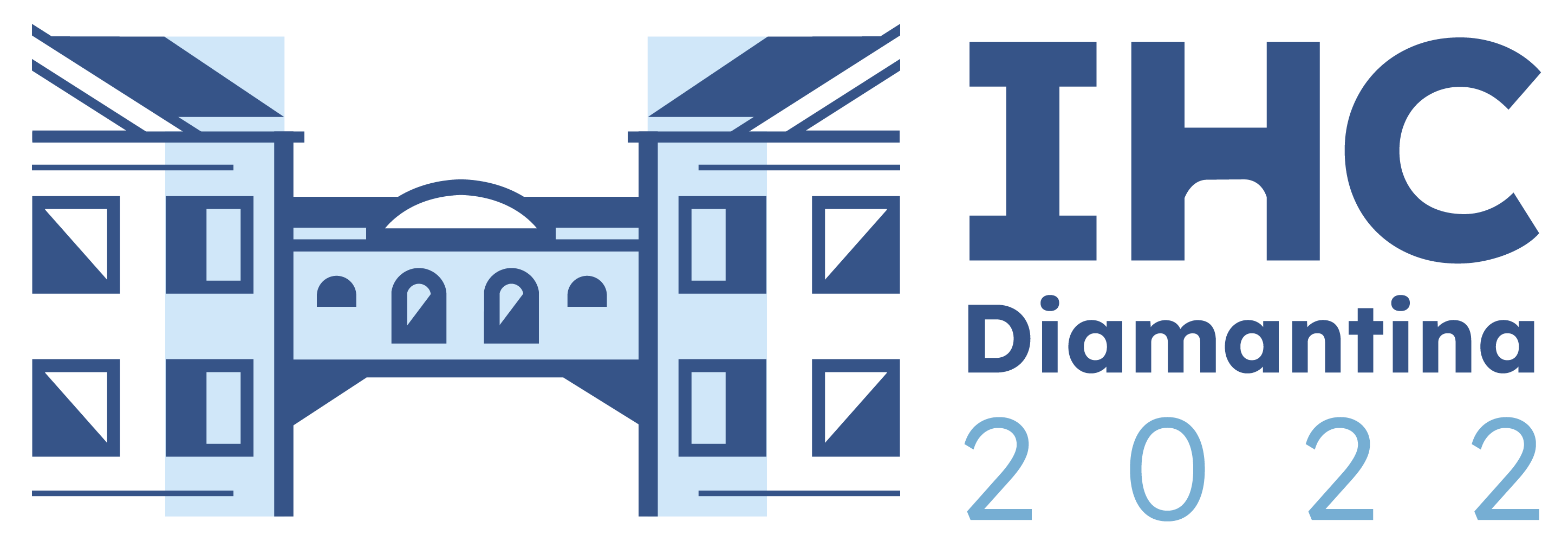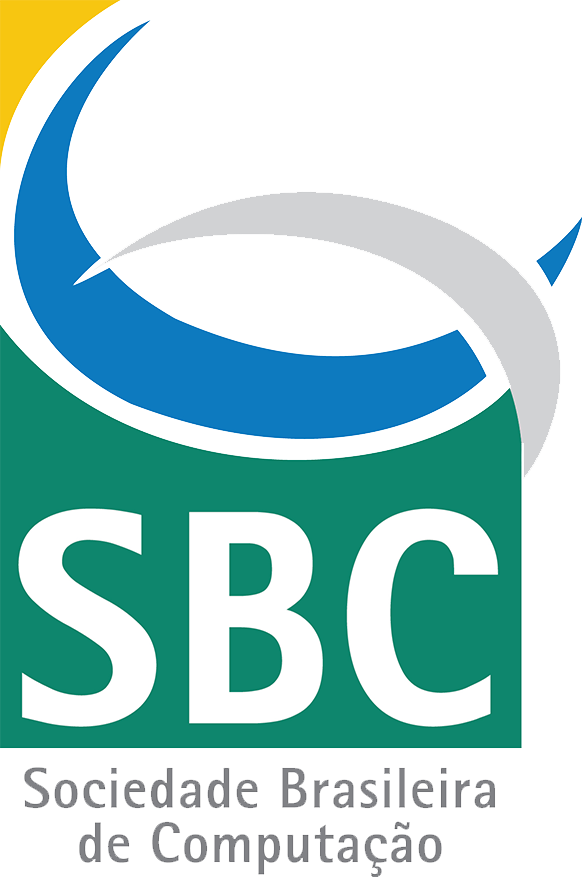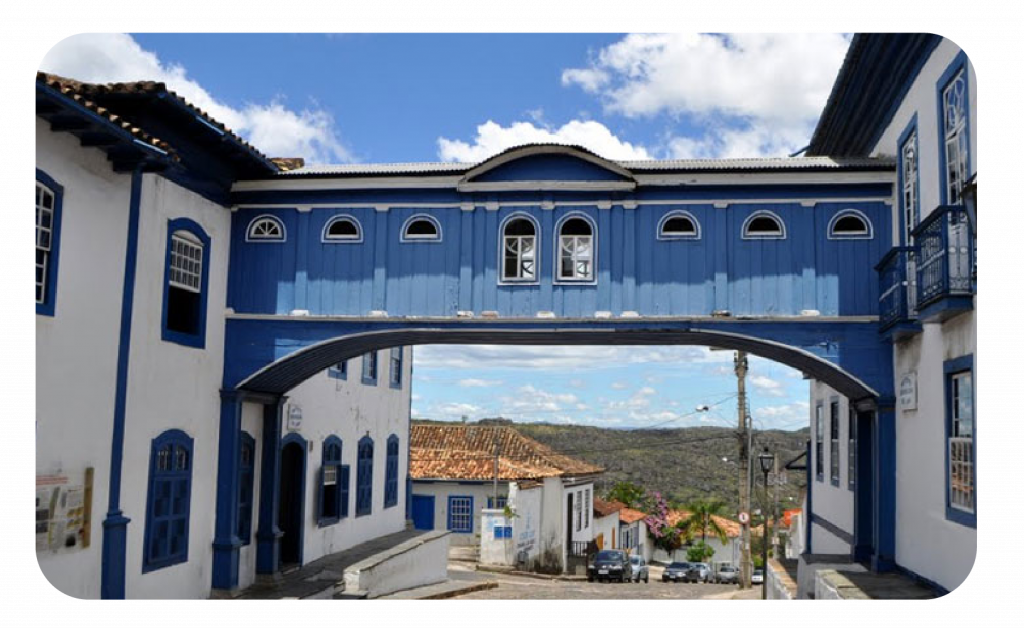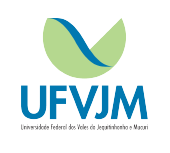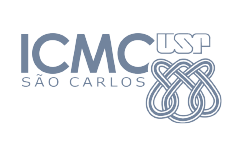IHC 2022 invites the scientific community to explore the “Paths of Interaction“. The theme refers to the paths members of the HCI community will take to meet themselves in Diamantina and the paths that HCI research in Brazil and the world have traced.
Alluding to the paths that converge and intersect in favor of a common objective, the research paths in Human-Computer Interaction in Brazil have their most significant junction in the HCI. This event has been a great forum where the scientific community presents and discusses ideas to advance research related to the design, use, and evaluation of technologies to improve people’s lives and their impact on society.
